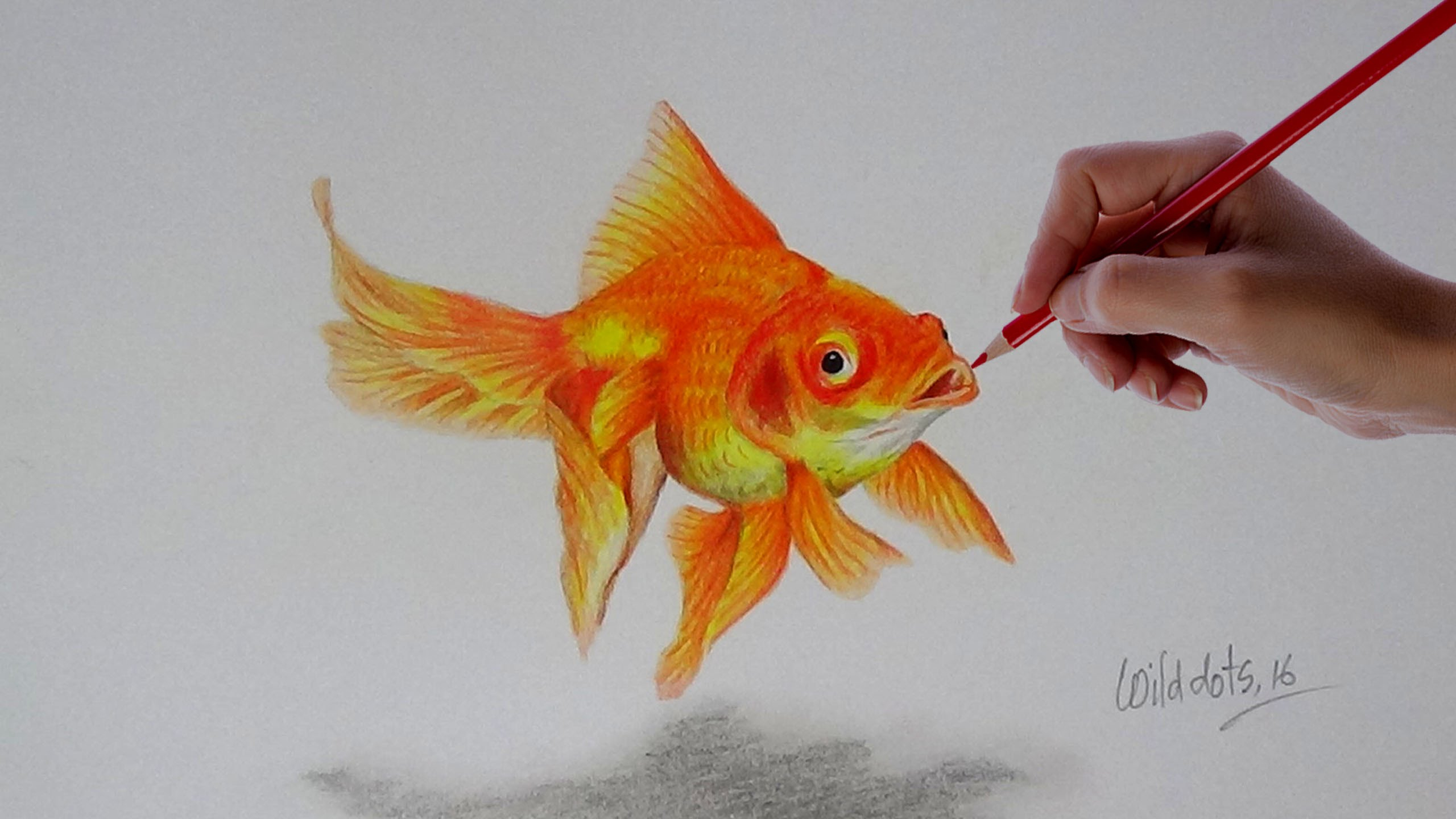

Also, make sure that the corners of the fin have be curved as an alternative to point.Ĥ. Keep in the idea that the two stop factors of the definition shouldn’t be connected. Lastly, draw some other diagonal lines to entire the structure of the fin. Then, draw an inward curved vertical line beginning from the stopping factor of the line going downwards. Start by drawing an upward diagonal line. In this step, we will now be structuring the fin on the facet of the koi fish’s body. After ending this step, the tail of your koi fish has to be now complete. When drawn correctly, its form has to seem to be like three-quarters defined of a leaf.ģ. This outlines one or half of the koi fish’s caudal fin or tail. Then, draw a midway downward curved line from the give up factor of the line we draw now. On the pointed stop of the koi fish’s body, draw an upward curved line. The place the two traces meet is where you have to draw the physique of your koi fish.Ģ. Then, to make sure that the koi fish will be drawn in the very middle of your paper, draw an intersecting horizontal and vertical line throughout your paper to create reference lines.

Starting in the very center of your paper, draw a curved droplet form to define the form of the koi fish.
Koi fish sketch how to#
How to Paint a Koi Fish? The steps that one needs to follow to draw Koi fish are as followsġ. These are so effortless to work with, departing such vibrant colorations and making it so easy. Just be sure to emphasize that these traces need to be drawn lightly to get erased earlier than painting. Older ones that can measure and draw on their very own can make the strains themselves. Instead, it’s encouraged that instructors of younger college students discover a speedy way to add the traces in pencil earlier than hand. So how do kids get their strains on their paper? Folding is no longer encouraged for watercolors because it will depart creases, now not to point out make the thick paper more challenging to work with. When novices get their drawing off to a top start, there’s a higher hazard of them feeling profitable utilizing the time they are done. It’s vital to format that massive and excessive sample on the sheet of paper so that there’s room for the large fish on the right. Thus, if students make their base races on their paper, they will have a convenient reference to follow earlier than drawing.įor instance, as in Step 1 below, the teardrop structure wishes to be sitting on the left half of the paper, nearer to the pinnacle than the bottom. You may also have seen that all of the online tutorials on this website have a dashed line jogging through the middle of every step, each in the horizontal and vertical direction. The unusual way to get students off to an accurate beginning of any drawing lesson is to exhibit how to use courses as a reference point. As a watercolor resist, there’s the excitement of including white crayon strains for bubbles (always enjoyable when they appear!), and the blue and orange mixture makes the fish pop off the page. The overview point of view continues the shapes without a doubt, uncomplicated and graceful. Today, the most famous tend to be the beautiful orange, white and yellow fish.Īs a drawing and portray project, this tutorial has a lot to provide younger students. Koi used to solely be discovered in red, white, black and blue, however, have in view been bred in awesome combos of all the colorations in the rainbow. The Japanese saw bizarre coloration versions in some carp and bred them, developing the koi species.

Chinese have been farming carp in rice paddies, an exercise that traveled to Japan. rubrofuscus kept for ornamental purposes.Koi fish are a decorative species that descend from the carp family. Koi is an informal name for the colored variants of C. Koi or more specifically nishikigoi, are colored varieties of the Amur carp that are kept for decorative purposes in outdoor koi ponds or water gardens. The outside world was unaware of the development of color variations in Japanese koi until 1914 when the Niigata koi were exhibited at an annual exposition in Tokyo. Carp are coldwater fish, and their ability to survive and adapt to many climates and water conditions allowed the domesticated species to be propagated to many new locations, including Japan. Various carp species were originally domesticated in East Asia, where they were used as food fish. Carp are a large group of fish originally found in Central Europe and Asia.


 0 kommentar(er)
0 kommentar(er)
